Firmware & Support
I rarely feel the need to mention the quality of service provided by companies, and JDS Labs is one of those companies. Before becoming a reviewer, I had the opportunity to experience JDS Labs’ customer service, and I was very happy with their friendly and solution-oriented approach to customers. After a bit of research, this still seems to be the case. It is quite impressive that they’ve been consistently providing satisfactory support for more than 10 years now.
My Element III received multiple firmware updates already, each improving the unit in some way. You can keep an eye on this webpage for the latest drivers and firmware. I would like to emphasize how valuable it is to be able to use a product you have purchased with peace of mind. Kudos to John and the team for that!
Power
Instead of using a switch or a toggle for gain on the Element III, JDS Labs has developed a feature called Auto Gain, completely practicalizing the process. Since Element III utilizes digital volume control, the knob has no stopping point, so it can be turned indefinitely. The volume level can be adjusted between -127dB and +13dB. You can adjust the volume steps by 0.5dB or 1dB, and the smoothly rotating volume wheel makes precise adjustments easy. It also remembers the previous volume level when you reboot the device. When the negative values run out, the device automatically activates the high gain and generates enough power to deliver 1.3 watts into 32 ohms. This means that the Element III can easily drive most of the planar and dynamic headphones in the market.
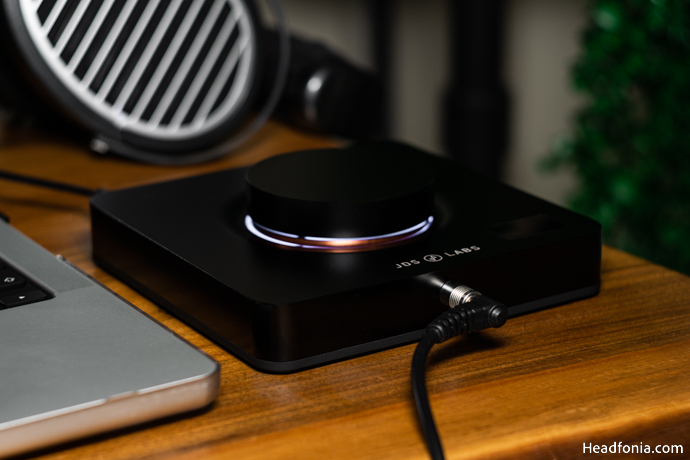
If you think that’s not enough, or if you have headphones like the HE-6 that require a truly ridiculous amount of power, JDS Labs recently announced a new version of the Element III called ‘Boosted’, which features a slight change in the amplifier circuitry. For an extra $49, this version can produce almost twice as much power as the standard version, capable of delivering 2.3W into a 32-ohm load. Element III is designed as a versatile all-in-one device. The output impedance is as low as 0.7 ohms and the digital volume control provides excellent channel imbalance even at the lowest level, making it suitable for use with In-Ear Monitors. Let’s get to the sound, now.
JDS Labs Element III – Sound
The Element III has a neutral, transparent, uncolored sound signature with no emphasis on any range. It utilizes a neutral tonality and feels technically proficient. I paired it with my daily-driver IEM, Vision Ears VE7. Together with the VE7, the pairing sounds immensely clear with no inclination toward the warm or analytical sound. The Element III reflects the headphone/IEM as-is, without introducing any manipulations to the sound. There’s plenty of power for multi-BA IEMs and the background is silent. No hissing, no hum, nothing. It drives my Edition XS quite well also, it is not particularly a hard-to-drive can, but certainly likes power based on my experience with it. The XS and the Element make a revealing couple that just surprises from the first minute to the last. The resolution and the clarity are both really good.
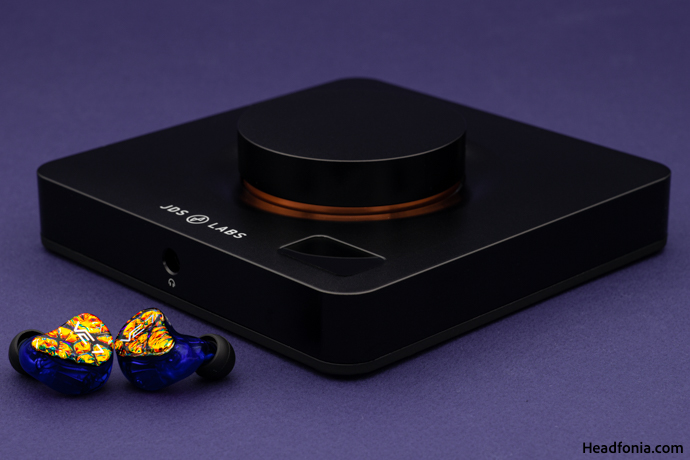
Soundstage-wise, we get a proper 3-dimensionality with good depth and good width as well as discernible layers of instruments. There is an adequate amount of air between the instruments, making it easy to follow each on stage. The Element III handles congestion very well too, thanks to its good technical capability. All things combined, the imaging is excellent. The Element III portrays a spacious, airy headroom that is accurate and coherent. Furthermore, the PRaT feels, Element III has great dynamism.
With the XS, the bass is impactful, and deep, but also snappy. It recuperates fast and the quantity is satisfactory. The mid-bass is quantitatively adequate and very controlled. The midrange is extremely clean with great detail retrieval that highlights every little nuance in a guitar passage or a vocal performance. Tonality feels right, without any coloration to the human voices. The guitar timbre is excellent and together with XS, the Element III does an excellent job of conveying the note weight and micro-vibrations of the guitar to your ear. Upper-midrange is controlled yet extended. Hi-hats do not feel splashy, they rather have a dedicated place as they should and the extension feels natural. The treble follows the successful upper midrange. It is extended, airy, and spacious without any control issues. The treble is resolving, clear, and open. I love it.
Comparisons
vs. Yulong DA-ART Aurora
The Aurora is an interesting all-in-one device, with a class A amplifier stage that gives it a warmer, more saturated sound signature than alternatives in its class. Aurora’s DAC stage uses ESS Technology’s ES9068AS, a premium tier chipset, and houses 7 OPA1612s on its audio circuitry. It is priced at $520 USD. Compared to the EL3, the I/O options of Aurora are richer with the inclusion of balanced outputs. It is more powerful as well, thanks to its Class A amplifier architecture. The EL3 is much more compact. It occupies much less space on a desk compared to the Aurora. The EL3 also looks more elegant and aesthetic compared to the industrial-looking Aurora.
As for SQ, the main and most discernible difference is in the tonal balance. The EL3 sounds cleaner with a better balance across the spectrum. It feels more linear compared to the warmer bass-to-mid-bass emphasis of the Aurora. The EL3 offers superior detail retrieval with a wider stage. The Aurora is closer to warm/tube-y signature. If that’s what you like, you may like the Aurora more. From a technical aspect, the EL3 is a better unit.
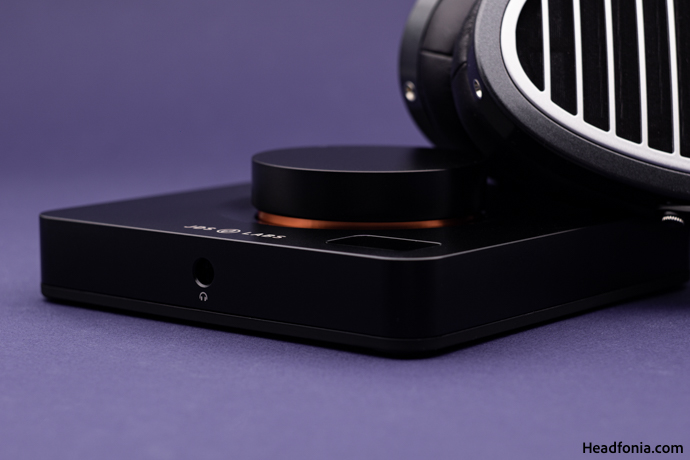
vs. Topping DX5
The Topping DX5 is a high-fidelity DAC & AMP combo that can decode PCM up to 32bit-768kHz and DSD up to DSD512. It is powered by ESS Technology’s premium-tier ES9068AS DAC chips in dual configuration and it features Topping’s latest NFCA amplifier circuitry. It can deliver 1.8w of power into a 32-ohm load and has LDAC support through its Bluetooth 5 chipset. It features remote control support. It retails for $449 USD.
The EL3 occupies less space while looking better aesthetically. Both of the devices feature great material quality and design in my opinion. The EL3’s compact chassis is quite impressive compared to the performance it offers. SQ-wise, we have two very capable units that sound more similar than different. Both of them deliver great tonal balance with good technical capability. After comparing them, A-to-B, volume matched with the XS, the DX5 sounds slightly more detailed with better resolution. Its headroom feels more spacious and airy, with more air between the instruments. The difference is not huge and you should decide based on features/size and other variables rather than SQ alone.
Last Words
The Element III offers superb performance in a compact, aesthetic chassis. It is built with quality materials and looks absolutely stunning on a desk with its dimly lit white LEDs and shimmery copper ring.
If you need a capable, technically proficient all-in-one DAC & AMP, the EL3 is one of the finest options on the market. Plus, it is backed by JDS Labs’ fantastic after-sales reputation!
Page 1: JDS Labs, JDS Labs Element III, Packaging & Accessories, Design & Build Quality, Controls & UI
Page 2: Firmware & Support, Technology & Power, Sound, Comparison, Last Words





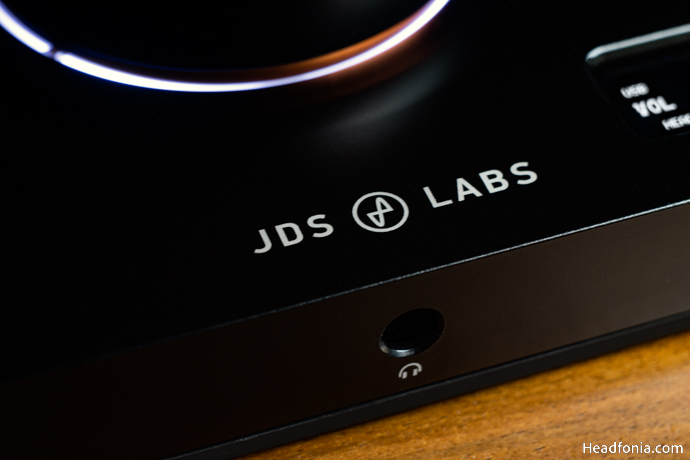
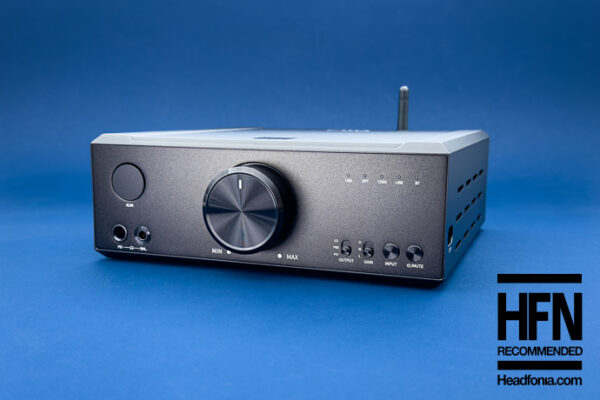
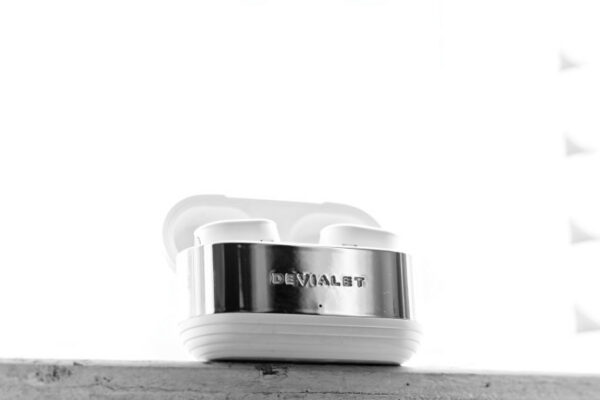
Luther
Hello. Excellent write up of your article. I agree with everything you wrote. Especially the sound quality part. Perfect description!! I just purchased a unit a few weeks ago and I love the unit. Only problem I’m running into is it doesn’t play as loud as I want for everything I listen to. I listen to a wide range of music and I also dj. My problem is mainly with my mixes, it doesn’t play loud enough. Since you seem pretty knowledgeable, I want to know what headphone amp would you recommend that I would continue to get the same sound quality, or one that would expand upon the same sound characteristics that you described? My price range is up to $600.00.
Yagiz
Hey Luther,
Thanks. Glad you like it.
As for your question,
There’s a boosted version available on the JDS Labs website, worth checking out.
You can also go for Topping DX7 Pro+ or SMSL DO300EX.
Luther
Thank you for your response. I already have the boosted version. I should have told you what headphones I have. They are the HiFiMan He-1000v2’s. They are pretty hard to drive. I took care of the problem though. I purchased a Schiit Midgard. Thank you again.